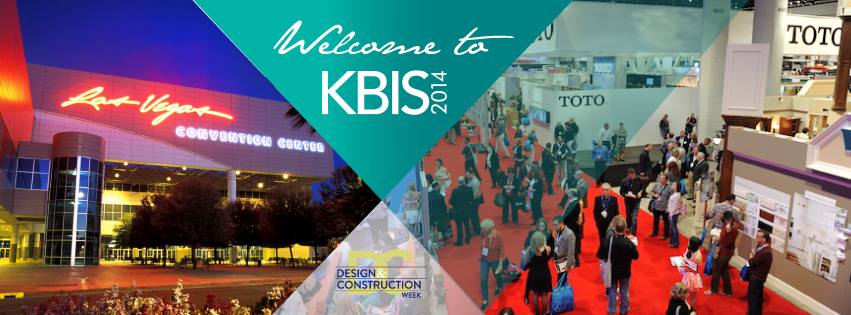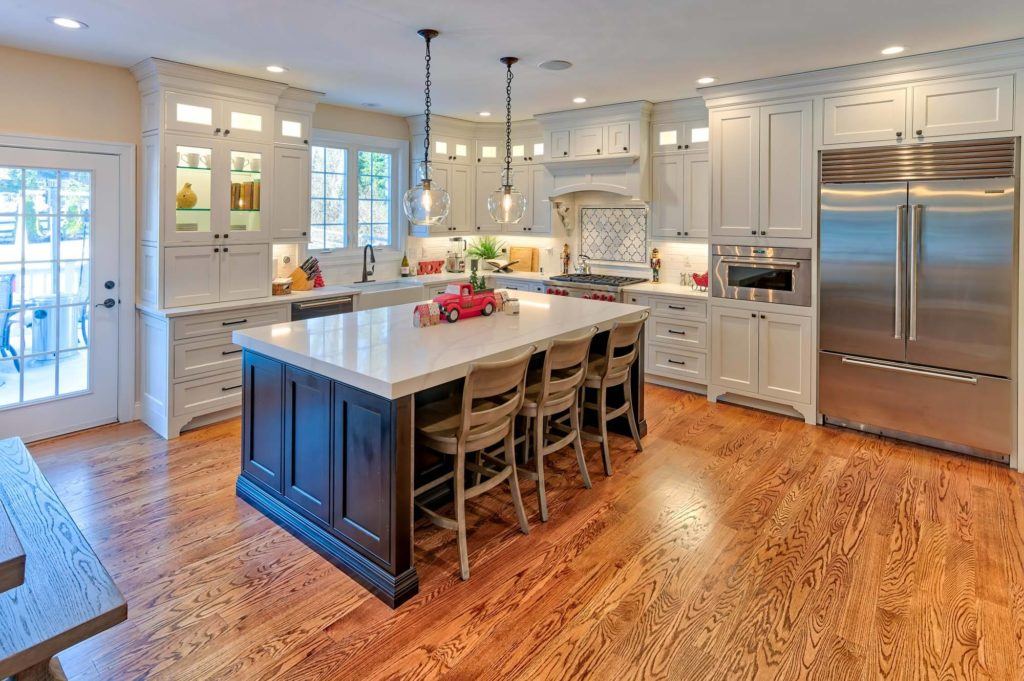Buying new cabinetry that knowledgeable experts judge to be truly “green” and have limited off gassing is harder than people think.
The popular book Freakonomics showed us that cause and effect can be quite different from what might be expected. This counter intuitive reality particularly applies to the cabinet industry and the designing and sale of new kitchen cabinetry.
Many homeowners are concerned about the off gassing of products that they are exposed to. A US citizen is exposed to toxins from products we buy and the food and beverages that we ingest. New cars, rugs, paint, furniture, and cabinetry we buy, all off gas and emit VOC’s Volatile Organic Compounds. The more research a Googler does to find cabinetry with low VOC’s, the more likely they are to purchase the opposite.
This is due to several factors:
- After 2018 the federal government essentially applied the strict California CARB2 standards for off gassing to the entire cabinet industry. See link.
- There is unfortunately no unbiased source rating cabinet off gassing beyond the EPA.
- Cabinet brands that advertise and promote their environmentally safer properties have no documentation showing any of their vague claims. This dishonest sales approach and lack of transparency makes these brands the most likely to be at the bottom of the list.

For example, many of the cabinet brands that make this claim tout their lack of waste in manufacturing cabinetry.
This is because they use particle board to make their cabinets. All of the sawdust and waste goes right back into the product. Unfortunately, particle board and MDF board have the highest off gassing levels, the least durable, and most toxic way to make cabinetry.
Many brands advertise that because they are 100% US made, they don’t have any “Chinese” wood products. They claim that this makes them more reliable and LESS likely to off gas. This assertion tries to capitalize on the Asian flooring, and drywall scares from a decade ago. The reality is that all cabinet brands need to meet the same standard.
The brands with imported cabinet doors, fronts, and sides are delivering cabinetry made from parts manufactured several months before. These parts travel around the world then is assembled in US plants, before getting delivered into a customer’s home. Most off gassing takes place in the first few months after cabinet parts are manufactured and painted. Many of these brands using imported parts are actually at the lower end of the off-gassing spectrum.
Conversely, all kitchen designers know the most expensive cabinetry we sell are the cabinets being custom made. These expensive brands are shipped only a few days after everything dries. The only way to decrease the off gassing is to store the cabinetry for a month or two before installing. For those that want more detail on this topic read this blog.

For any person wanting to minimize their environmental footprint, the important thing to do is to buy quality cabinetry that will last. Buy a well-designed kitchen that has no room for design improvements. Expert kitchen designers are needed to create the designs that last generations.
A kitchen designed by the homeowner or anyone less knowledgeable almost assures the next home buyer will rip everything out and start from scratch.
Possibly once again buying poorly made cabinetry with a new, equally inferior, design. Many of the kitchens MLKD designs and sells were renovated by foolish flippers and builders just prior to sale. These short-sighted sellers believe that the home sold because of their shoddy renovations and not despite them.
I always advise people to stop Googling cabinet brands and instead to Google kitchen designers and cabinet dealers. Find a great cabinet dealer and an experienced kitchen designer with your best interests at heart. They will help you navigate all the miss information about cabinetry on the web. If you search well, you’ll get quality cabinetry and a beautiful and functional kitchen that will last a lifetime.
So, search well, take your time making the right decisions for you . . .
and of course . . .
Bon Appetite!
